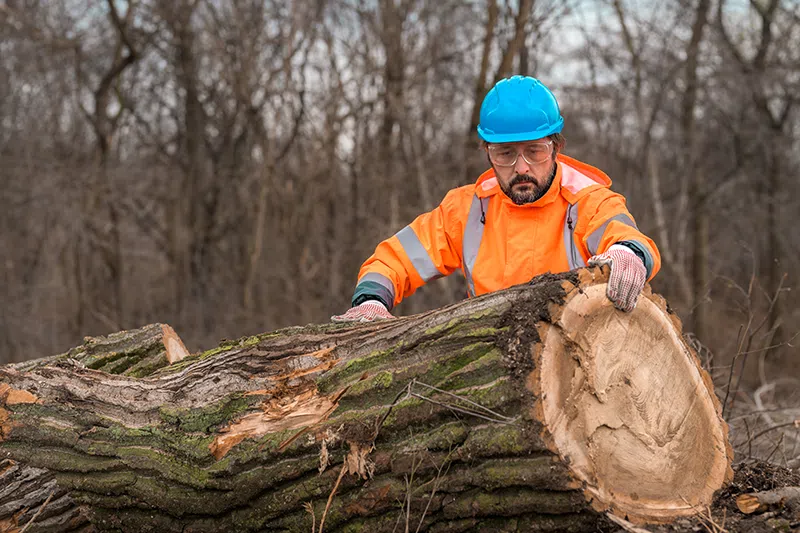Trees are valuable additions to any landscape, offering shade, beauty, and environmental benefits. However, not every tree is meant to stay forever. Over time, trees can become hazardous, diseased, or structurally unsound, putting people, property, and other plants at risk.
That’s why knowing when it’s time to call for a professional tree removal service is essential. Recognizing the early signs that a tree needs to be removed can prevent costly damage and protect your yard’s overall health.
Here’s how to identify the key indicators that it may be time to let a tree go.
The Tree Is Dead or Dying
A dead tree poses serious safety risks and should be removed promptly.
- Bare branches with no leaves during the growing season are a major red flag.
- Large sections of bark are missing or peeling off the trunk.
- The tree doesn’t produce buds or shows signs of decay, such as mushrooms or fungi growing on the bark or base.
Dead trees can fall without warning, especially during storms or high winds. Removing them quickly helps prevent injury or damage to nearby structures.
The Tree Is Severely Diseased or Infested
While some tree diseases are treatable, extensive damage may require removal.
- Look for discolored or wilting leaves, even in spring or summer.
- Fungal growth, like shelf mushrooms on the trunk, suggests internal rot.
- Pests such as termites, borers, or carpenter ants can weaken a tree’s structure.
Diseased trees can spread illness to healthy ones nearby, so early detection and professional evaluation are critical. If the tree can’t be saved, removal may be the safest option.
The Tree Is Leaning or Structurally Unstable
A leaning tree can indicate root or trunk failure, especially if the angle has recently changed.
- If a tree suddenly starts leaning, call an arborist immediately—it may be close to falling.
- Cracks or splits in the trunk are signs of structural instability.
- Exposed roots, heaving soil, or a loosened root plate indicate compromised anchoring.
A tree with an unstable foundation is a serious hazard, particularly near homes, driveways, or power lines. Tree removal experts can safely assess and remove it.
The Tree Is Causing Property Damage or Safety Issues
Even healthy trees can become problematic if they interfere with structures or utilities.
- Roots growing into foundations, sidewalks, or septic systems can cause major damage.
- Large limbs hanging over your roof, driveway, or power lines present serious safety concerns.
- Dense branches may block sunlight, limit airflow, or interfere with other trees’ growth.
In these cases, tree removal may be necessary to protect your property and ensure safety. A certified arborist can advise on whether full removal or strategic trimming is the better solution.
The Tree Has Outgrown Its Space or Is Unwanted
Sometimes, a tree may no longer be appropriate for its location.
- Trees planted too close to buildings or fences may become overcrowded as they mature.
- Certain species may drop messy fruit, excessive leaves, or allergens that create upkeep issues.
- If a tree blocks your view or hinders landscaping plans, it might be time to reconsider its place in your yard.
While removal can feel like a tough decision, it may ultimately improve the function, appearance, and safety of your outdoor space.
Trees are a vital part of any landscape, but they don’t last forever. Whether due to disease, structural issues, or simply outgrowing their space, knowing the signs of a problem tree is crucial for your safety and property value.
If you notice any of the warning signs—such as leaning, rot, infestation, or damage—it’s time to consult a professional tree removal service. Acting early not only reduces risks but also allows you to make thoughtful decisions about replanting or redesigning your landscape in a safe and sustainable way.

